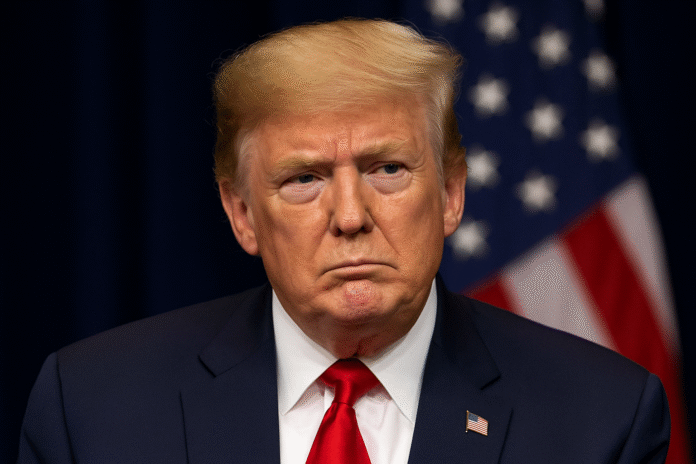A shocking new study has revealed that foreign aid cuts initiated during the Trump administration may lead to over 14 million preventable deaths globally, especially in vulnerable, low-income countries. The research, conducted by global health experts, underscores the critical role of U.S. foreign aid in supporting life-saving healthcare services, food security, and humanitarian relief in some of the world’s poorest regions.https://mediawala.live
Background: What Were the USAID Cuts?
The United States Agency for International Development (USAID) is the primary agency for administering civilian foreign aid and development assistance. During his presidency, Donald Trump proposed historic reductions in USAID funding, targeting global health programs, food aid, and emergency humanitarian response.
Between 2017 and 2020, the Trump administration sought to slash foreign aid budgets by up to 30%, although many of these cuts were blocked or reduced by Congress. However, some funding cuts were implemented, particularly for reproductive health, HIV/AIDS treatment (PEPFAR), and multilateral contributions to health organizations like WHO and GAVI.
The Study: Alarming Global Impact
The peer-reviewed study, published in a leading global health journal, used data modeling and projections to assess the long-term human cost of these aid reductions. According to researchers, if the USAID cuts are sustained or expanded:
- Up to 14 million additional deaths could occur worldwide over the next decade.
- The hardest-hit areas would be Sub-Saharan Africa, South Asia, and parts of Latin America, where health infrastructure heavily relies on international aid.
- Maternal and child health, HIV/AIDS, tuberculosis, malaria, and malnutrition are areas most vulnerable to funding shortfalls.
- Humanitarian programs supporting conflict zones and refugee camps could face dangerous gaps in resources.
One co-author of the study emphasized, “U.S. foreign assistance is not charity—it’s life-saving investment. Even a 10% drop in funding can lead to thousands of avoidable deaths in high-risk populations.”
Specific Programs at Risk
The Trump administration targeted several critical programs:
- Global Health Security: Funding was scaled back for pandemic preparedness, an issue that gained renewed urgency during COVID-19.
- PEPFAR (President’s Emergency Plan for AIDS Relief): Although largely protected, proposed cuts threatened testing and treatment access for millions.
- UNFPA (United Nations Population Fund): Lost funding due to opposition to reproductive health services.
- Global Nutrition Initiatives: Funding reductions hit food aid and child malnutrition programs.
Experts React: “The Human Cost Is Staggering”
Health experts, humanitarian organizations, and policy analysts have expressed grave concerns:
- Dr. Joanne Liu, former president of Médecins Sans Frontières (Doctors Without Borders), warned: “These cuts represent a death sentence for many.”
- Oxfam International said the U.S. risks abandoning millions who rely on American aid to survive and thrive.
- Former USAID officials argued that the cuts also weaken America’s global leadership, soft power, and strategic influence in key regions.
Political Reactions: Divided Opinions
The Trump administration defended its policy by stating that foreign aid should be re-evaluated to serve “America First” interests and ensure “accountability and effectiveness.”
Supporters of the cuts argued that:
- Too much aid money goes to corrupt governments.
- The U.S. should focus more on domestic priorities.
- Private philanthropy and NGOs can fill the gap.
However, critics pointed out that:
- U.S. foreign aid is less than 1% of the federal budget.
- It yields immense return on investment in global stability, disease control, and economic development.
What’s Happening Now?
While the Biden administration has worked to restore much of the foreign aid budget, some damage may already be irreversible. Health systems that lost momentum due to budget cuts during the Trump era may struggle to recover.
Additionally, with U.S. elections approaching, there is renewed anxiety about the future of global aid under a potential Trump return in 2025.
Conclusion: A Warning for the Future
This study is a stark reminder that foreign aid is not just about diplomacy—it’s about life and death. The consequences of cutting global health and humanitarian aid extend far beyond spreadsheets and budgets. They reverberate through hospitals, refugee camps, and rural clinics where help is desperately needed.
As global crises like pandemics, conflicts, and climate disasters intensify, experts argue that cutting back aid is not just shortsighted—it is dangerous.



